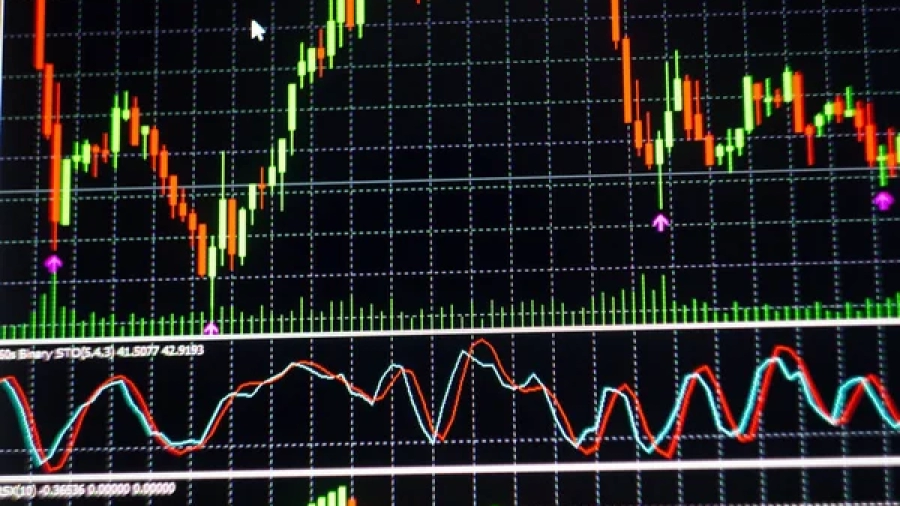Supply and demand zones are important concepts in technical analysis that help traders identify potential buying and selling opportunities in the market. The basic principle behind supply and demand zones is that prices tend to move towards areas where there is a significant pressure of either buying or selling activity.
Supply Zone is an area on a chart where the price has previously taken resistance and failed to break through. This is because there is a pressure of sellers at that price level, who are looking to take profits or limit losses. When the price returns to that level, traders may look to sell or short the security in anticipation of further price decline.
Demand Zone is an area on a chart where the price has previously taken support and failed to break below. This is because there is a pressure of buyers at that price level, who are looking to buy at a lower price or take advantage of a perceived bargain. When the price returns to that level, traders may look to buy the security in anticipation of further price appreciation.
Supply and demand zones can be used in different timeframes, from intraday to weekly and monthly charts. They also can be useful when combined with other technical indicators such as trend lines, candle patterns, and momentum indicators.
One of the key advantages of using supply and demand zones is that they can help traders identify potential turning points in the market before they happen. By identifying areas where buying or selling activity is concentrated, traders can position themselves to take advantage of potential price movements.
